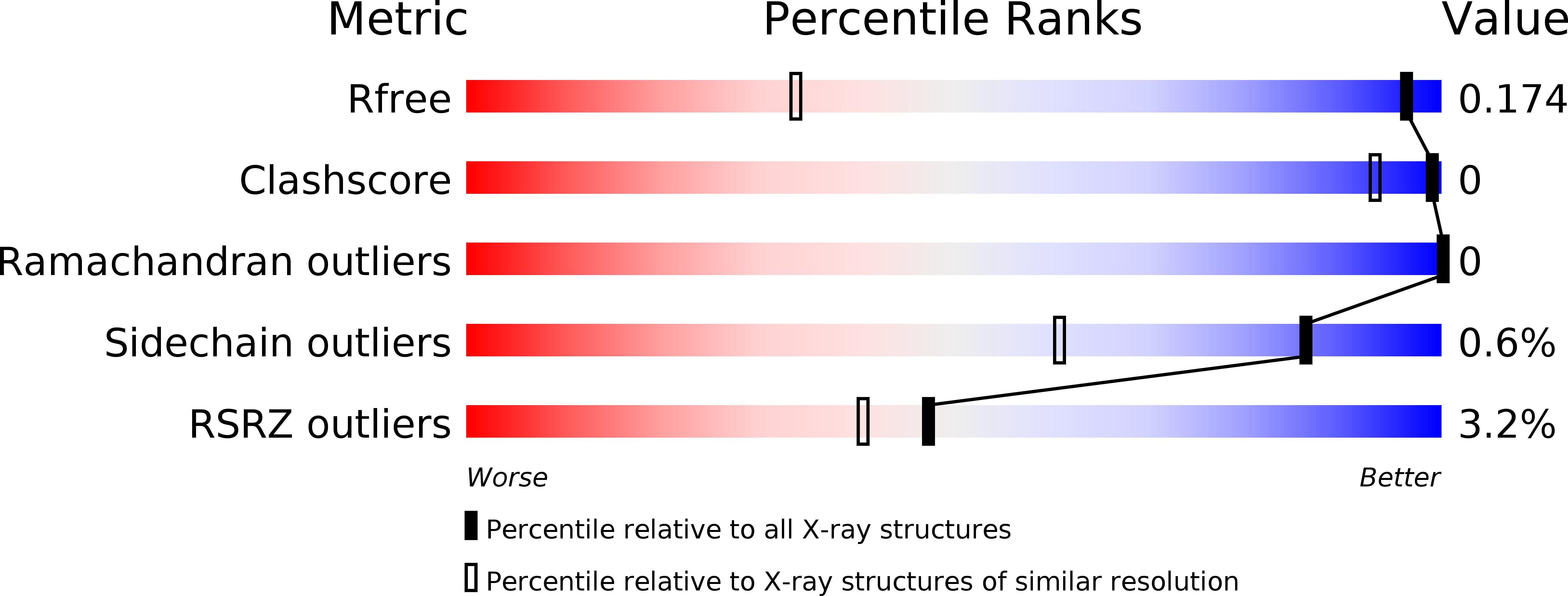
Deposition Date
2020-03-20
Release Date
2020-10-28
Last Version Date
2024-01-24
Entry Detail
PDB ID:
6YDJ
Keywords:
Title:
P146A variant of beta-phosphoglucomutase from Lactococcus lactis in complex with glucose 6-phosphate and trifluoromagnesate
Biological Source:
Source Organism:
Host Organism:
Method Details:
Experimental Method:
Resolution:
1.04 Å
R-Value Free:
0.16
R-Value Work:
0.14
R-Value Observed:
0.15
Space Group:
P 21 21 21


